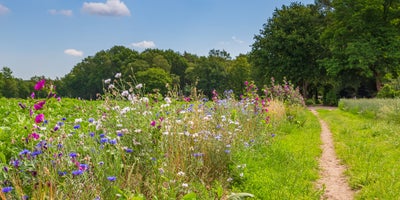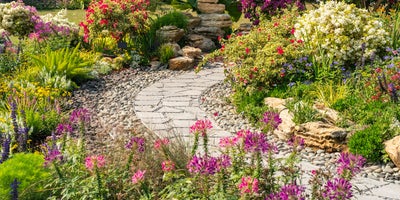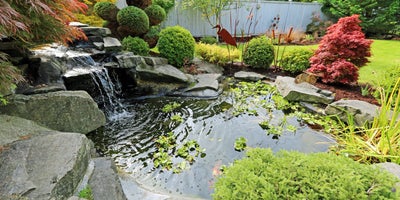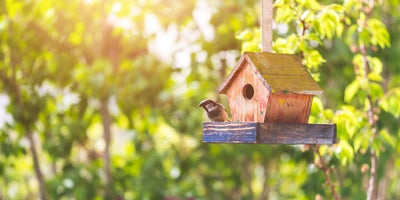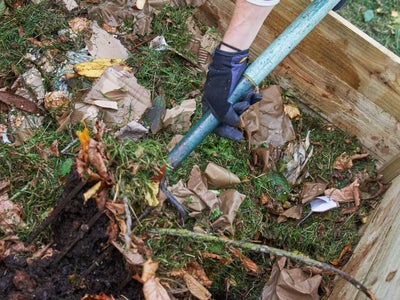Garden biodiversity updated

You can easily turn your outdoor space into a biodiverse haven, whether you’ve got acres of land or a tiny little garden. The best biodiverse gardens are abundant with all sorts of wildlife including insects, birds and more. With this variety of different species all working together, you’re encouraging a healthy interdependence between plants and wildlife, creating a resilient growing area.
